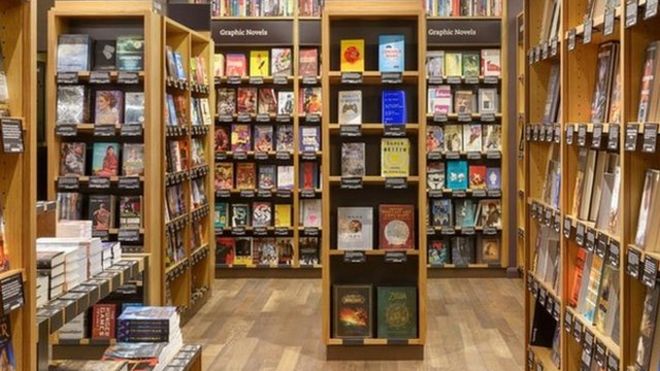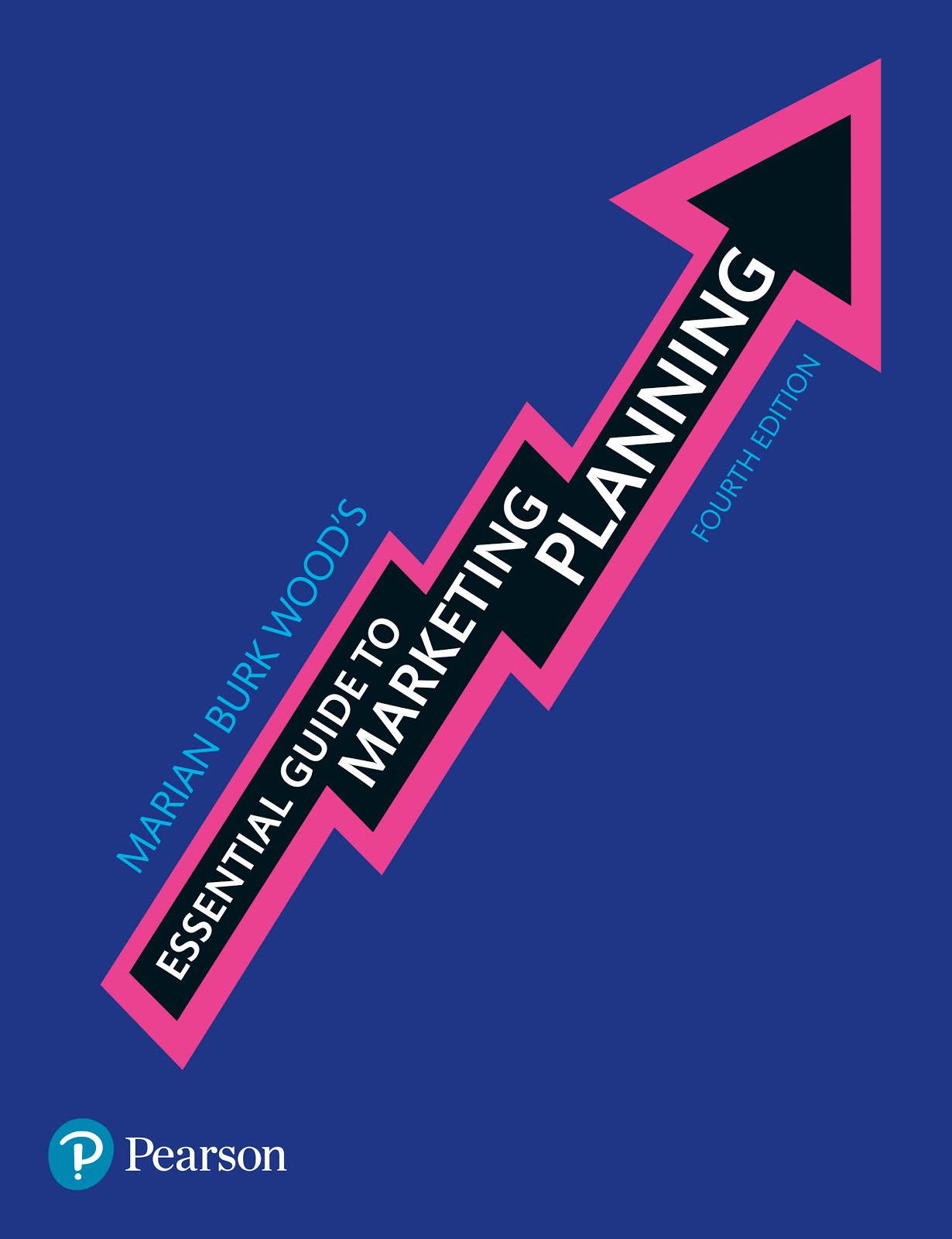Continuing a look at global brands in China, this entry is about Starbucks, the US-based coffee shop company that has made lattes and espressos part of daily life all over the world.
Starbucks just opened a spacious flagship cafe in the new Shanghai Disney resort. This isn't the first Starbucks connected with a Disney resort, but it is the first of this ultra-modern design...with more than 100 employees to serve thousands of customers every day. The company says this will be the busiest Starbucks on the planet.
China is an attractive market for Starbucks because coffee consumption is still relatively low compared with consumption in other areas--which means a lot of growth potential as consumers adopt the 'coffee culture'. Starbucks already has 2000 cafes in China and plans to open 2500 new cafes over the course of 5 years.
To reinforce its brand image and provide an upmarket consumption and sampling experience, Starbucks plans a new Roastery and Reserve Tasting Room for Shanghai. Modeled on the tasting room near the company's headquarters in Seattle, this Shanghai location will demonstrate the roasting process and offer samples of various coffees and flavours.
Will consumers in China pay the luxury price for a luxury coffee often enough for Starbucks to profit handsomely from its investment?
Tuesday 28 June 2016
Thursday 23 June 2016
'Authentically Disney and distinctly Chinese'
 |
| From Walt Disney Company news |
The path from idea to approval to construction to opening was long and challenging. Disney originally proposed the theme park 20 years ago, but political and economic factors slowed progress.
The target market is the 330 million people who live within three hours of the park. Millions more may travel longer distances to visit, increasing domestic tourism and spreading awareness of the Disney brand throughout China.
As the head of Disney states: 'Shanghai Disneyland is authentically Disney and distinctly Chinese'.
Disney, whose characters are increasingly familiar to Chinese families, faces considerable competition from diverse theme parks already attracting crowds in China. Dalian Wanda Group is opening 10 entertainment complexes, with admission prices below those set by Disney. Other theme parks (such as Hello Kitty) are also competing for the middle class family's attention and money. How will Disney do in this super-competitive environment?
Monday 20 June 2016
Do online stores need a physical presence?
Many online stores have, since their first days, been digital only, without a physical presence on the high street or in the shopping centre.
The obvious example is Amazon, which pioneered online-only retailing and is making a major marketing effort in the UK to sell groceries online. But in the US, Amazon is currently experimenting with book stores in two locations, and planning additional book stores in the future.
Amazon can learn a lot about shoppers by observing how they browse, what catches their attention in the store, what sells well in a store compared with online only, and so forth. It can also experiment with covers, shelf placement, pricing, adjacencies and other details.
In Canada, several online-only retailers are opening physical stores. The goal is to provide a physical space in which to express the brand image and showcase branded products. Indochino, which originally marketed online-only bespoke men's wear, now generates half of its turnover from the physical stores it operates.
Even brands that sell through other retailers are opening their own branded stores. Upmarket outerwear company Canada Goose, well known for its goose-down jackets and other apparel, is opening its own stores in New York and Toronto.
As the global economy improves, will more online-only retailers become multichannel?
The obvious example is Amazon, which pioneered online-only retailing and is making a major marketing effort in the UK to sell groceries online. But in the US, Amazon is currently experimenting with book stores in two locations, and planning additional book stores in the future.
Amazon can learn a lot about shoppers by observing how they browse, what catches their attention in the store, what sells well in a store compared with online only, and so forth. It can also experiment with covers, shelf placement, pricing, adjacencies and other details.
In Canada, several online-only retailers are opening physical stores. The goal is to provide a physical space in which to express the brand image and showcase branded products. Indochino, which originally marketed online-only bespoke men's wear, now generates half of its turnover from the physical stores it operates.
Even brands that sell through other retailers are opening their own branded stores. Upmarket outerwear company Canada Goose, well known for its goose-down jackets and other apparel, is opening its own stores in New York and Toronto.
As the global economy improves, will more online-only retailers become multichannel?
Wednesday 15 June 2016
Vending machines are selling - what?!
Vending machines are everywhere and sell almost everything. They're self-serve, convenient, often cost-efficient and even when people don't buy, they do notice the machines and the branding--a plus.
At left, the Moet & Chandon Champagne vending machine with mini-bottles of bubbly, shown inside a Selfridges store before Christmas.

In Singapore, a BooksActually vending machine sells, well, books (see photo at right). This machine is installed in the National Museum of Singapore.
One unusual type of vending machine will (if approved) stock medical supplies to be dispensed, as needed, to emergency medical teams and firefighters in Victoria. The idea is to have products available when and where needed, without the cost of someone making daily rounds or having outdated medicines on hand.
 In Melbourne, a fresh-food vending machine from FüD will sell healthy meals. The equipment is constructed of recycled materials and any unsold foods will be donated to charitable groups, minimising waste.
In Melbourne, a fresh-food vending machine from FüD will sell healthy meals. The equipment is constructed of recycled materials and any unsold foods will be donated to charitable groups, minimising waste.
In France and America, short-story vending machines spill out tales designed to fit the customer's reading time. Have only 3 minutes? Press that button and the machine prints a long, thin piece of paper with a short story suitable for just 3 minutes, free, courtesy of Short Edition.
At left, the Moet & Chandon Champagne vending machine with mini-bottles of bubbly, shown inside a Selfridges store before Christmas.

In Singapore, a BooksActually vending machine sells, well, books (see photo at right). This machine is installed in the National Museum of Singapore.
One unusual type of vending machine will (if approved) stock medical supplies to be dispensed, as needed, to emergency medical teams and firefighters in Victoria. The idea is to have products available when and where needed, without the cost of someone making daily rounds or having outdated medicines on hand.
 In Melbourne, a fresh-food vending machine from FüD will sell healthy meals. The equipment is constructed of recycled materials and any unsold foods will be donated to charitable groups, minimising waste.
In Melbourne, a fresh-food vending machine from FüD will sell healthy meals. The equipment is constructed of recycled materials and any unsold foods will be donated to charitable groups, minimising waste.In France and America, short-story vending machines spill out tales designed to fit the customer's reading time. Have only 3 minutes? Press that button and the machine prints a long, thin piece of paper with a short story suitable for just 3 minutes, free, courtesy of Short Edition.
Sunday 12 June 2016
Tesco refocuses on core businesses
 |
| From: Tesco Core Purpose and Values |
The company's new mission is: Serving Britain's shoppers a little better every day.
This mission statement defines the company's geographic realm (Britain--no more US convenience stores or South Korean grocery stores). It also emphasises value as a core benefit for shoppers. Finally, it defines customers as shoppers. Shoppers can be bank customers, too, by the way.
Not surprisingly, Tesco just sold its Giraffe restaurants, which it had been both standalone and in-store businesses. The company operates 6,900 stores and bank branches, with yearly revenues of £48.4 billion.
Committing to a mission focused on shoppers also means Tesco is adjusting profit expectations. Grocery retailing is a low-margin business. Price wars (several times a year) often sap profits even further as Tesco fights to defend market share.
What's next for Tesco?
Wednesday 1 June 2016
Virtual reality retailing is here
This month, the Australian retailer Myers has teamed with eBay to open a new virtual reality department store.
From home, the store can be experienced via a special app and virtual reality headsets (such as Samsung's or the free cardboard headset distributed during this promotion). You can see it action by watching this video about the virtual reality store.
Or--an interesting twist--people were invited to reserve a space in Sydney and be amongst the first to experience virtual reality department store shopping. Since Myers has actual stores in Sydney, this part of the campaign must have been all about buzz-building.
Subscribe to:
Posts (Atom)





